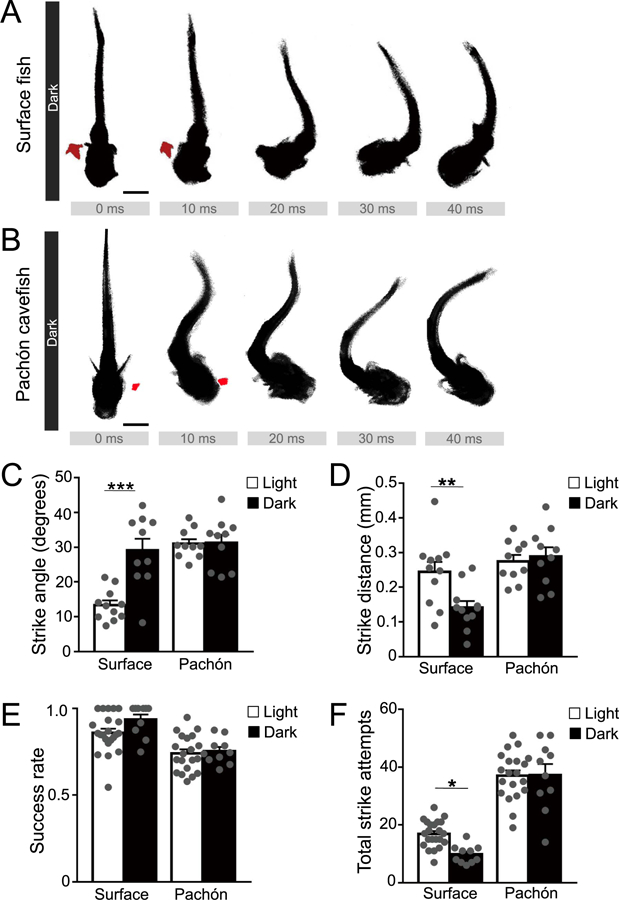Fig. 2. Surface fish alter their strike dynamics in dark conditions.

(A) Example time-lapse of a stereotypical surface fish strike, in dark conditions. In the absence of light, surface fish alter their strike dynamics to use a C-shaped movement, indicating a reliance on alternate sensory cues. Scale bar = 1 mm. (B) Example time-lapse of a stereotypical cavefish strike, in dark conditions. Cavefish do not alter their strike pattern in the dark relative to lighted conditions, highlighting their reliance on nonvisual cues. Scale bar = 1 mm. (C) Strike angle in surface fish and Pachón cavefish between lighted and dark conditions. Surface fish light (N = 11) vs. dark (N = 10; P < 0.0001). Pachón cavefish light (N = 10) vs. dark (N = 10; P = 0.9996); Two-Way ANOVA, F(1,37) = 12.59, P = 0.0011. (D) Strike distance in surface fish and Pachón cavefish between lighted and dark conditions. Surface fish light (N = 11) vs. dark (N = 10; P = 0.0068). Pachón cavefish light (N = 10) vs. dark (N = 10; P = 0.9994); Two-Way ANOVA, F(1,37) = 6.325, P = 0.0164. (E) Ratio of successful to unsuccessful strikes over two minutes, in lighted and dark conditions. Surface fish light (N = 22) vs. dark (N = 12; P = 0.1379); Pachón cavefish light (N = 20) vs. dark (N = 10; P = 0.9851). Two-Way ANOVA, F(1, 60) = 32.8, P < 0.0001. (F) Total number of strikes at prey over two minutes, in lighted and dark conditions. Surface fish light (N = 22) vs. dark (N = 12; P = 0.0362). Pachón cavefish light (N = 20) vs. dark (N = 10; P = 0.9997). Two-Way ANOVA, F(1, 60) = 157.6, P < 0.0001. Error bars represent + /- standard error of the mean. * denotes P < 0.05, ** denotes P < 0.01, *** denotes P < 0.001.
